Why Are Disasters Still an Afterthought in Education?
Despite their profound impact, disasters are often treated as side topics in school curricula. Tucked into the last chapters of geography or treated as a timeline in history, they rarely receive the attention they deserve. But disasters aren’t just events of the past—they are realities of our present and future.
What if students learned about disasters not just to recall statistics, but to understand human resilience, community response, and environmental responsibility?
Teaching Disasters Is Not About Fear — It’s About Preparedness
Disaster education isn’t about scaring children. It’s about preparing them—mentally, emotionally, and practically.
It Builds Empathy
Children begin to understand the emotional toll of loss and the courage it takes to rebuild. They learn to feel with others—not just know about them.
It Fosters Awareness
Students see how factors like deforestation, urban planning failures, and social inequality can make disasters worse. It connects classroom lessons to real-world consequences.
It Cultivates Agency
Disaster education shows children that they, too, can contribute—by conserving water, planting trees, or helping a neighbor during emergencies.
Real-World Learning: Turning Classrooms into Labs of Resilience
Disaster education becomes most impactful when it's hands-on and emotionally engaging.
- Students write letters to flood survivors, learning to express compassion.
- They participate in evacuation drills, understanding how to act during crises.
- They design posters and campaigns around earthquake safety or hygiene practices.
These activities transform abstract knowledge into life-saving skills and human connections.
Disaster Education Teaches Hope, Not Despair
When done thoughtfully, teaching about disasters isn’t gloomy—it’s deeply empowering. It helps students see beyond destruction and focus on human strength, cooperation, and innovation.
They learn that while we can’t always prevent disasters, we can always prepare. We can always respond. And we can always rebuild.
A Call to Action: Learning for the Future
As climate change accelerates and environmental risks grow, the need for resilient, aware, and empathetic citizens has never been greater.
Integrating disaster education meaningfully into the curriculum is not a luxury—it’s a necessity. It's a way of honoring the past, understanding the present, and equipping children to face the future—not with fear, but with knowledge, courage, and compassion.
Conclusion: Let the Lessons Rise from the Rubble
Disasters change landscapes, but they also reveal what truly matters—community, resilience, and care. In educating children about disasters, we do more than teach survival. We teach hope, humanity, and the will to rise again.
Let our classrooms reflect that spirit. Let disaster education move from the margins of textbooks to the heart of learning.
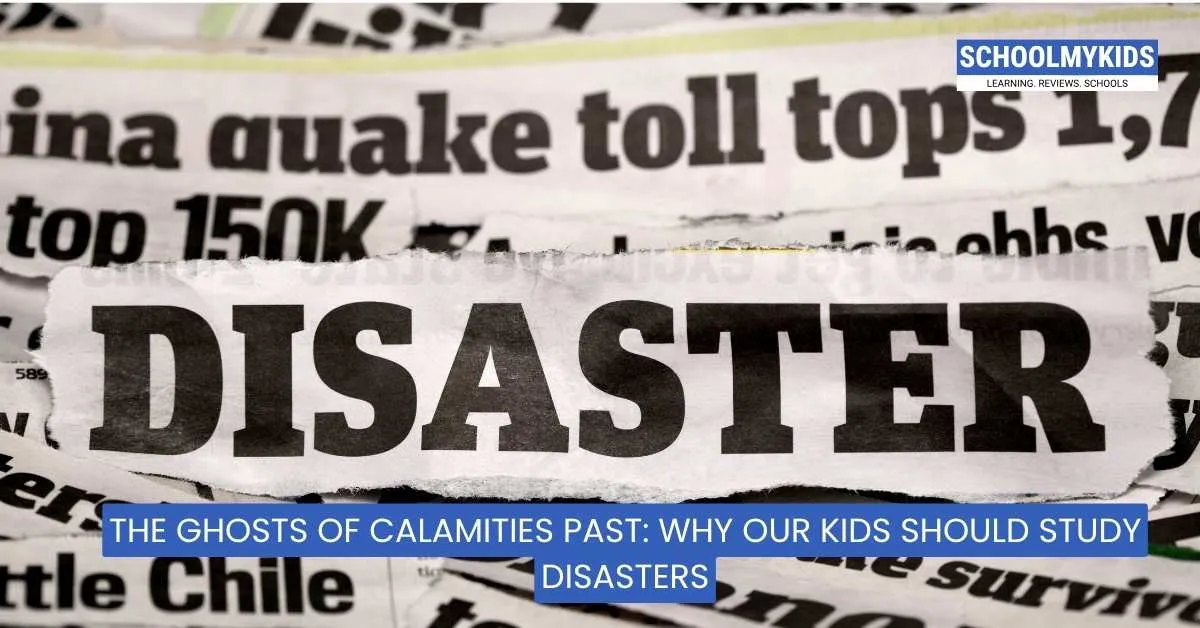

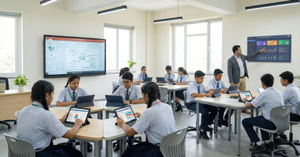

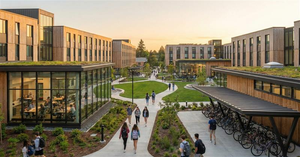

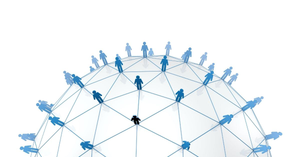
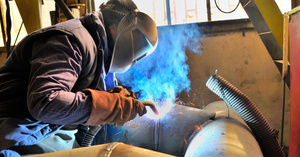
Be the first one to comment on this story.